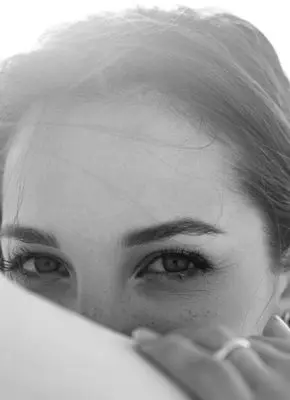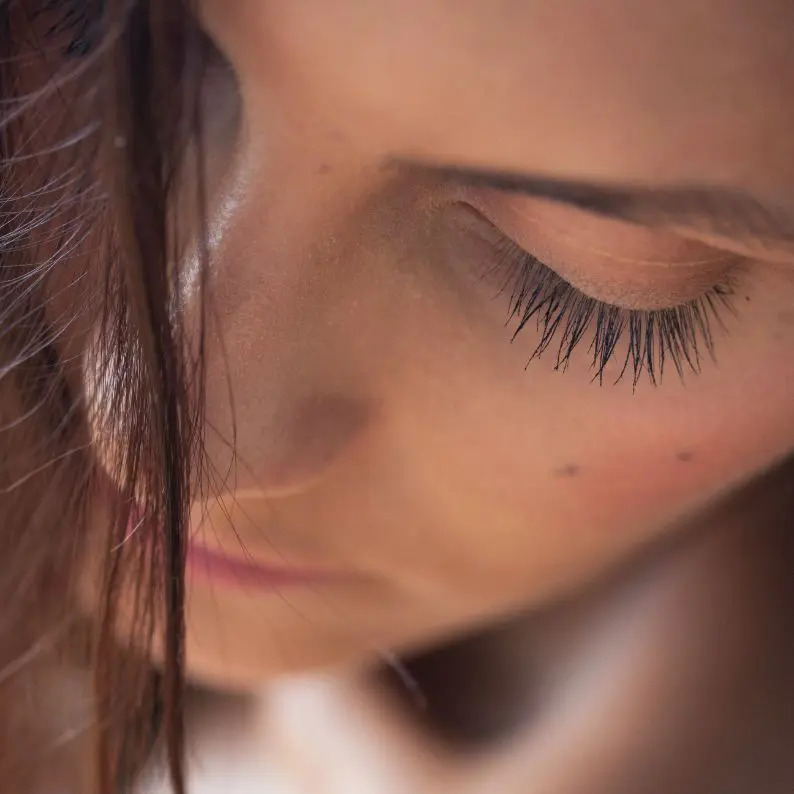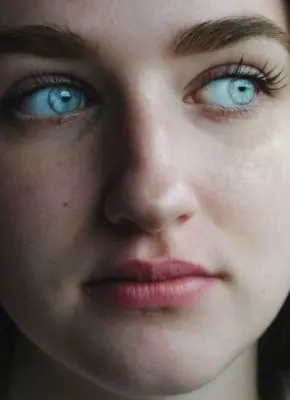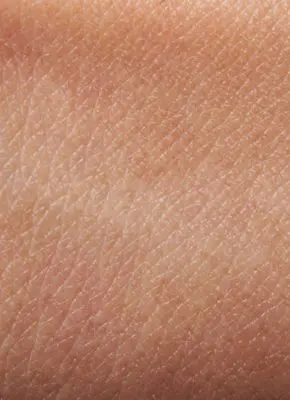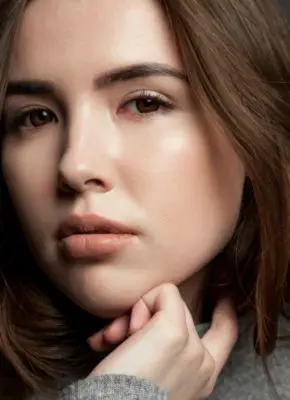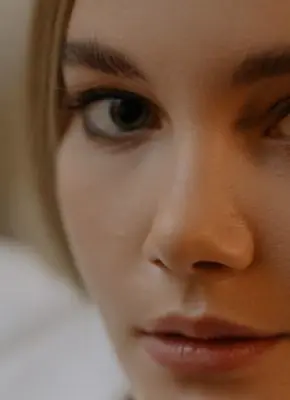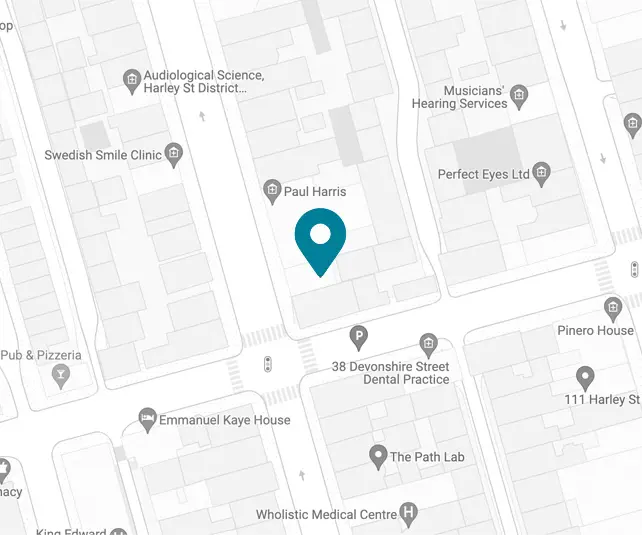Sun Damage
Sun damage is a broad term that describes skin changes that occur as a result of sun exposure. Ultraviolet (UV) light from the sun damages skin cells. In addition to increasing the risk of skin cancers, sun exposure causes premature ageing of the skin. In fact, research has shown that sun exposure accounts for more than 90% of skin ageing. Clinically, sun damage, also known as photoageing or dermatoheliosis, is the appearance of wrinkles, pigmentation, broken capillaries, rough skin texture, laxity and thinning of the skin. The treatment of sun damage involves sun protection to prevent further damage and treatments that reverse the signs of photoageing.
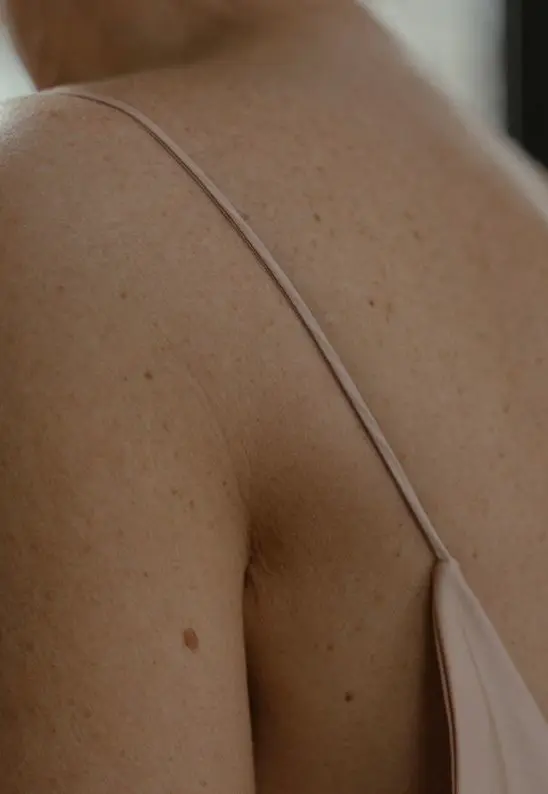
Treatment Options
Topical skincare plays an important role in successfully treating sun damage. As sun exposure is a major factor in the development of sun damage, sun avoidance and strict use of high-factor SPF is recommended. Topical ingredients such as vitamin A can be very useful to treat and reverse the signs of photoageing. Following a thorough consultation, your practitioner will recommend a tailored topical skin programme.
Platelet-Rich Plasma (PRP) treatment is the injection of your own blood plasma, that is rich in platelets and fortified with vitamins and nutrients, into the skin. The injection of PRP stimulates skin repair, therefore tightening and plumping the skin. PRP can be combined with ingredients such as vitamins, minerals, amino acids, nucleic acids, powerful antioxidants such as glutathione and hyaluronic acid.
Biostimulation involves the use of external stimuli to harness the body’s own regenerative capabilities to promote collagen production, improve skin elasticity, and promote overall rejuvenation. By activating cellular mechanisms, biostimulation can help reduce the appearance of wrinkles, hollowness, scars, and other signs of aging. At Drs Tatiana + Rishi Advanced Aesthetics we used biostimulators that contain poly-L-lactic acid (PLLA), e.g. Sculptra and those containing polynucleotides.
Fruit and other natural acids can be used to blend pigmentation, improve skin texture, and promote regeneration. The treatment involves a non-toxic chemical (usually from fruit acids) applied to the skin to naturally exfoliate and remove pigmentation. Peels range from mild and refreshing to more intense and resurfacing. We offer a full range of Dr Tatiana’s own blend of chemical peels. Dr Tatiana has combined natural acids with anti-inflammatory ingredients to achieve optimal results, with minimal down-time.
Carbon dioxide (CO2) laser can be used to smooth fine lines and wrinkles, reduce laxity and improve skin thickness. The laser targets the superficial and deep layers of the skin to create tiny wounds and stimulate a wound-healing response. As the skin heals, it creates new collagen, elastin and skin hydrators, resulting in smoother, tighter and plumper skin. We normally recommend a course of treatments to address the signs of sun damage.
Morpheus 8 is a device that combines microneedling with radiofrequency heat energy to smooth and firm the skin. As the small needles enter the skin, the tips of the needles heat up with radiofrequency energy. This sends controlled heat energy into the upper layers of the skin and stimulates collagen production, thus tightening, firming and smoothing the skin over several months after the treatment. Morpheus 8 is safe for any skin type and can be used alongside other treatments such as dermal fillers.
SecretRF is an evolution of microneedling with radiofrequency. This device works by precisely inserting small needles into the skin (at gradations of 0.1mm), creating microchannels, with the subsequent delivery of radiofrequency heat energy. This stimulates the production of collagen, elastin and hyaluronic acid, thereby helping to reverse the impacts of sun damage. The motor mechanism of the SecretRF is extremely smooth and it’s needles particularly precise and well-insulated, resulting in minimal downtime and being suitable for all skin types.
This dynamic, non-ablative treatment, pairs RF microneedling with an erbium glass laser. The RF microneedles deliver heat to the deeper layers of the skin via precise needles, whilst the laser gently delivers powerful beams to the skin in microcolumns, creating bulk heating. This works to effectively target common signs of ageing and skin concerns in any skin type, with almost no downtime and an instant glass-like glow to the skin.
Exosomes are a topical gel applied to skin following microneedling, SecretRF, or CO2 laser treatments. The gel is made from billions of exosomes, micro-vesicles that contain thousands of growth factors, cytokines and nutrients that help to boost collagen, elastin and natural hydration. Exosomes work to regenerate skin cells, reduce inflammation and pigmentation, improve immune function and accelerate skin healing.
Unlike traditional lasers, which use nanosecond pulses, picosecond lasers deliver laser energy in extremely short picosecond pulses. This ultra-short pulse duration results in a photoacoustic effect, enabling the laser to shatter areas of pigmentation caused by sun damage. This photoacoustic effect also stimulates the production of collagen, elastin and hyaluronic acid, thereby improving fine lines and wrinkles and rejuvenating the skin. A key benefit of picosecond lasers is that owing to their ultra-short pulse duration, they generate much less heat that other lasers, minimising thermal damage to the surrounding skin and lowering the risk of post-inflammatory hyperpigmentation.
Cosmelan and Dermamelan peels are industry-leading treatments for all types of pigmentation, including melasma. The peels work to deeply resurface, blend and remove unwanted pigment whilst also improving skin texture, luminosity and health. The treatment programme includes skin preparation, two targeted peels and a 12-month supply of skin products – to ensure that we help you maintain the outstanding results of your treatment.

